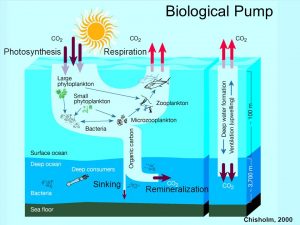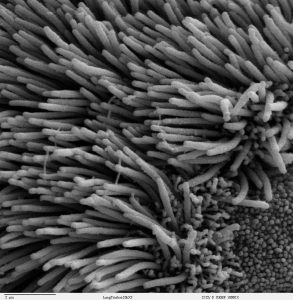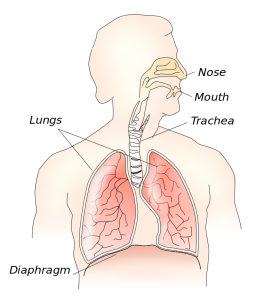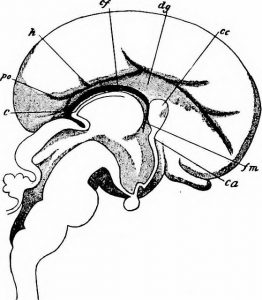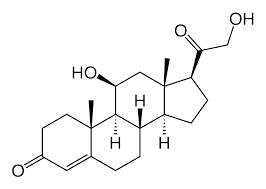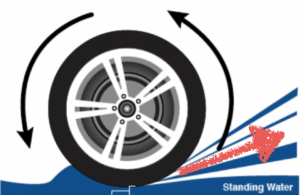What is the first thing you do to make yourself less tired? In order to stay awake to work or study, most people consume caffeine for mental alertness . Caffeine is not only included in coffee, but also included in tea, coke, chocolates, energy drinks, and other products that we regularly consume in our daily lives. Caffeine works by stimulating the adrenaline production and blocking sleep-inducing chemicals.

Image credit: Pete
Although caffeine can help people by energizing them instantly, it can also affect people negatively. If more than 300 mg of caffeine consumed in one day, which are approximately three cups of coffee or three to four cans of soda, it may allow people to stay fully awake. However, the most frightening side effect of excessive amount of caffeine is insomnia, which can caused by six or more cups of coffee (approximately 250 mg of caffeine). From insomnia, one’s work performance and quality of life may be affected negatively.

Image credit: Michael Burger
Caffeine can also cause an increase in stress hormones because when a heart beats faster by the consumption of caffeine, it decreases the blood supply to the intestines. Due to the decrease in the blood supply, it may lead to the indigestion.
Can there be any other severe negative effects of caffeine that may have on humans’ health? In 2011, a study by British Journal of Pharmacology stated that caffeine could possibly reduce the chance of fertility in women because caffeine crosses the placenta and reaches the fetus. Also, University of Nevada School of Medicine showed that caffeine can reduce a woman’s fertility rate by about 27%. Therefore, due to immature metabolism of caffeine in fetus, caffeine can build up toxic levels in fetus, which leads to a higher chance of miscarriage and low birth weight of newborn babies.
What can we do to minimize the possible negative consequences from excessive caffeine consumption? Most people unconsciously become addicted to caffeine due to the desire for wide awakeness. Instead of searching for caffeine-containing drinks or food, it is better to get more sleep or consume other essential nutrients that make you less tired. Therefore, your eating or exercise pattern can be modified in the replacement of excess consumption of caffeine.
Author: Victoria Park



